 |
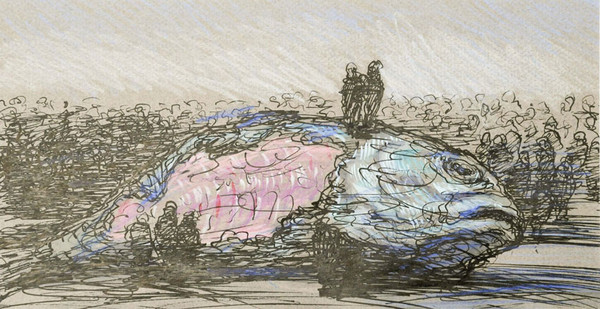 |
 |
 |
 |
 |
 |
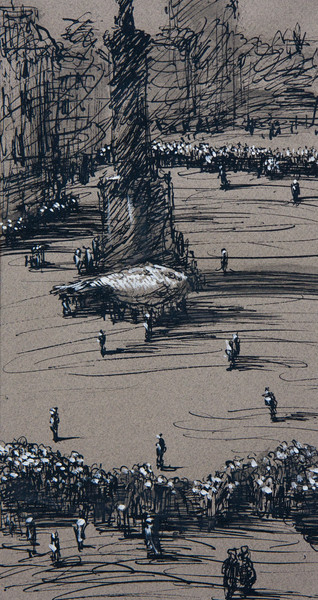 |
 |
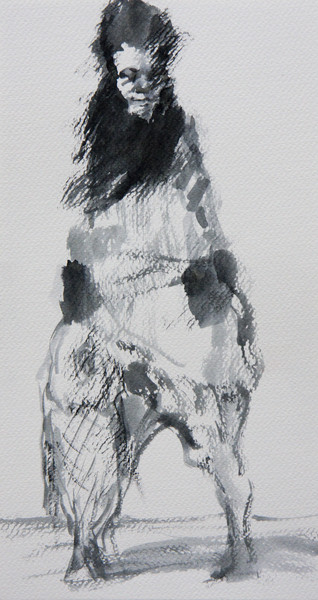 |
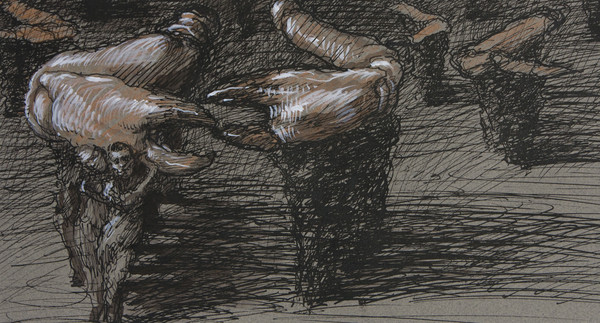 |
 |
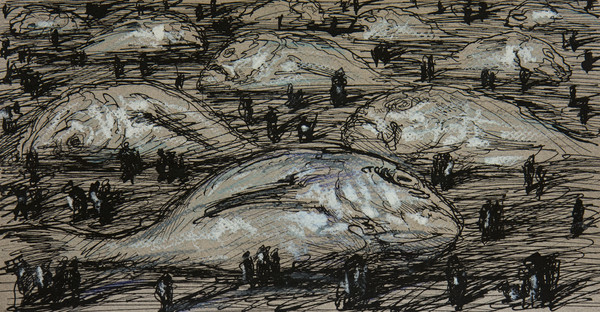 |
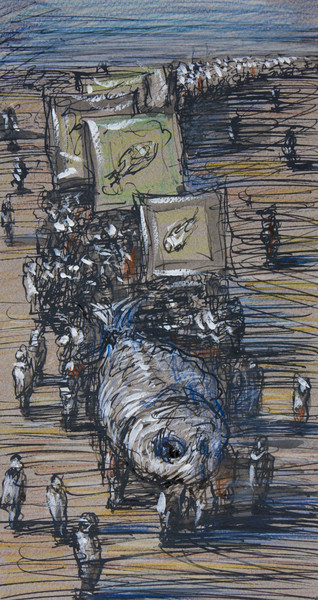 |
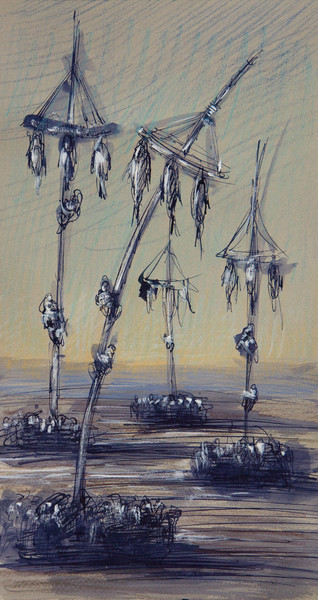 |
|
|
|
|
|
|
|
|
|
|
|
|
|
|
|
|
|
|
|
|
|
|
|
|
|
|
|
|
|
|
Gott hat ein Gesicht // God has a face
Vernissage: 13.12.2009 - 11.00 Uhr
Eröffnung: Johann Völkl, 1. Bürgermeister Markt Roßtal
Laudatio: Bernd Zachow, Kunsthistoriker, Nürnberger Nachrichten
Musik: „Kolporter“ Fürth
Buffet: Göttliche Fischpfanne von El Bodegiòn
Die Ausstellung wird mit einem Katalog begleitet.
Inspirationen
Die künstlerische Arbeit des aus Ungarn stammenden Zeichners Bela Faragó wurzelt tief in den kulturellen Traditionen des alten Europa, zu deren Grundlagen zweifellos die christlich-jüdische Religion gehört. Die oberste geistige Instanz jener Religion ist bekanntlich ein alleiniger Schöpfergott, der die angeblich nach seinem "Bild" geschaffenen Menschen mittels diverser - stets sehr schroff formulierter - Gebote regiert.
Inhalt der Werke
Die wimmelnden Menschenmassen auf den Bildern Faragós scheinen die Gebote nicht zu beachten - oder recht eigenwillig auszulegen. Ihr Verhältnis zu der ihnen anvertrauten Schöpfung ist - gelinde gesagt - zwiespältig.
Auf der einen Seite praktizieren sie eine gnadenlose Beherrschung und Ausbeutung, die sie als rationale Aneignung der Naturkräfte verstehen, und die oft bis zur Zerstörung der Natur geht.
Auf der andern Seite sind sie selbst beherrscht von Irrationalität. In ihr Verhältnis zur Natur drängen sich uralte Mythen, die Furcht, aber auch quasi religiöse Verehrung erzeugen. Da machen sich die Menschen ein Bildnis von der "Göttin" Natur, das zwischen Dämonisierung und Vergötzung schwankt.
Opening: 13.12.2009 - 11:00 clock
Opening: John Voelkl, Mayor of the Municipal of Roßtal
Laudatio: Bernd Zachow, publishing employe, Nürnberger Nachrichten
Music: "Kolporter" Fuerth
Buffet: Divine pann of El Bodegiòn
The exhibition is accompanied by a catalog.
Inspirations
The artistic work of Hungarian-born Béla Faragó deeply roots in the cultural traditions of the old Europe wihich unequivocally finds its fundments in the Judeo-Christian religion. Notoriously the highest spiritual authority of this religion is a sole creator god who reignes over allegedly in his own image created mankind using - always very harsh formulated-commandments.
Content of the Works
The teeming masses of people in the pictures appear to Farago's commandments not to notice - or rather willfully interpreted. Their relation to the creation entrusted to them is - to say the least - mixed.
On the one hand, they practice a merciless domination and exploitation, which they understood as rational appropriation of natural forces, and often goes to the destruction of nature.
On the other hand, they are themselves dominated by irrationality. In their relationship to nature, urge ancient myths, the fears, but also generate quasi-religious veneration. Because people make an effigy of the "goddess" nature, which varies between demonization and deification.
















